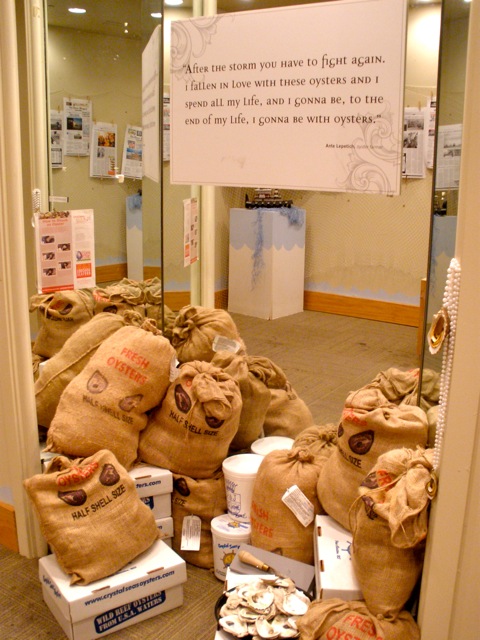
John and I live in New York, a city that suffers no shortage of great restaurants and excellent food shopping.
But during our spring excursion to New Orleans, I felt an extra zing of foodie excitement. Maybe that’s because the climate, the culture and the cuisine are so different from the norm for me, or maybe it’s because New Orleans is so unabashed about its delight in decadent treats.
Besides all the outstanding eating and drinking we did ourselves, one of the highlights of our trip was an afternoon at the Southern Food & Beverage Museum.
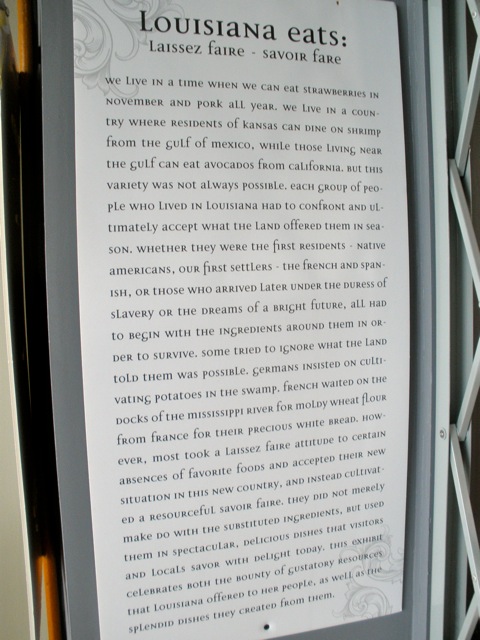
Sizewise, the place is modest — one large room with a handful of rooms off of it — and I assumed we’d spend an hour or so and call it quits. Instead, there’s so much information so many densely packed in beautifully presented displays that I probably could have spent all day if my feet hadn’t started to complain. And I hadn’t gotten powerfully hungry and thirsty.
The museum covered topics from the serious — Hurricane Katrina and the BP disaster’s effects on Gulf Coast seafood — to the lighter-hearted — a special exhibit focused on the history of absinthe.
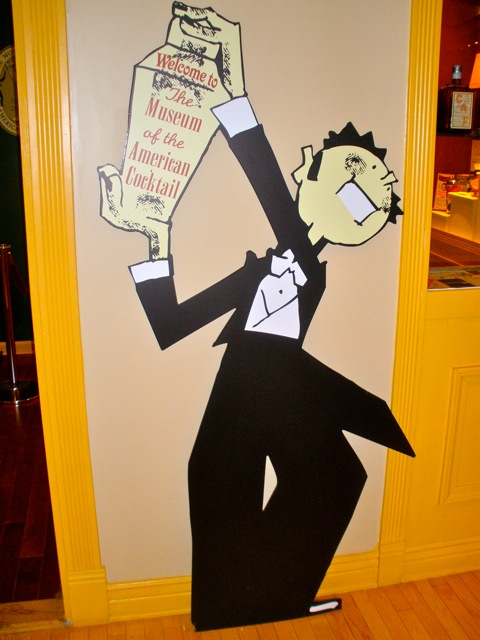
The Museum of the American Cocktail shares a roof with Food & Beverage, a museum-within-a-museum, so for one admission we also got to learn about drinking culture in the U.S., including the invention of the first cocktail, the transformative effects of electricity on American bars and the era of prohibition.
Did you know ocean liners could serve alcohol during prohibition once they left U.S. waters? Gives a whole new meaning to booze cruises, no?
Among the tidbits I picked up:
- By 1911, the city of New Orleans operated 34 public markets to support a growing population’s desire to shop in their own neighborhoods, but every one of those except the French Market had closed by 1940 after refrigeration and electricity gave rise to privately owned corner stores.
- French immigrants to the New Orleans area tried and failed to make bread like what they’d enjoyed back home. Flour would arrive moldy and rancid after long trips across the ocean, heat made it unpleasant to bake at home and humidity posed yet another challenge. Eventually they began to get domestic flour and incorporate German and Austrian techniques to adapt to their new home.
- Chicory was first used as a coffee substitute in France after Napoleon’s continental blockade in 1808 cut off the coffee supply. The French continued to use chicory and brought the practice to New Orleans, even though the local climate wasn’t conducive to growing chicory and its price sometimes was higher than coffee.
- The original tradition at Mardi Gras time was to include beans and peas in a king cake, but in the 1930s, that switched to porcelain babies. Now they’re predominantly plastic babies.
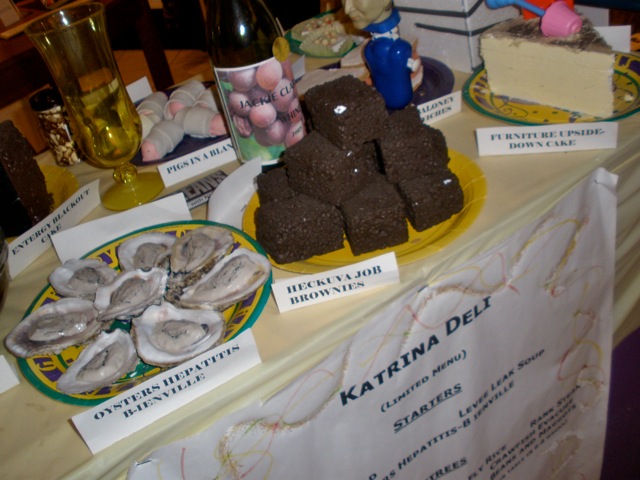
Have you visited a great museum or exhibit about food and drink? What did you enjoy? What did you learn?
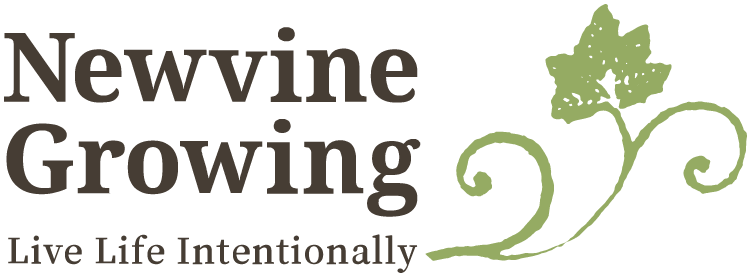

2 Comments
Scott Daris
Blackout Cake is from Brooklyn originally! And fyi, the picture links are broken.
Colleen Newvine Tebeau
Thanks, Scott. I tried posting the photos a new way that was faster — but apparently also didn’t work as well.
Should be better now. Experiment tried, lesson learned.
Leave a reply